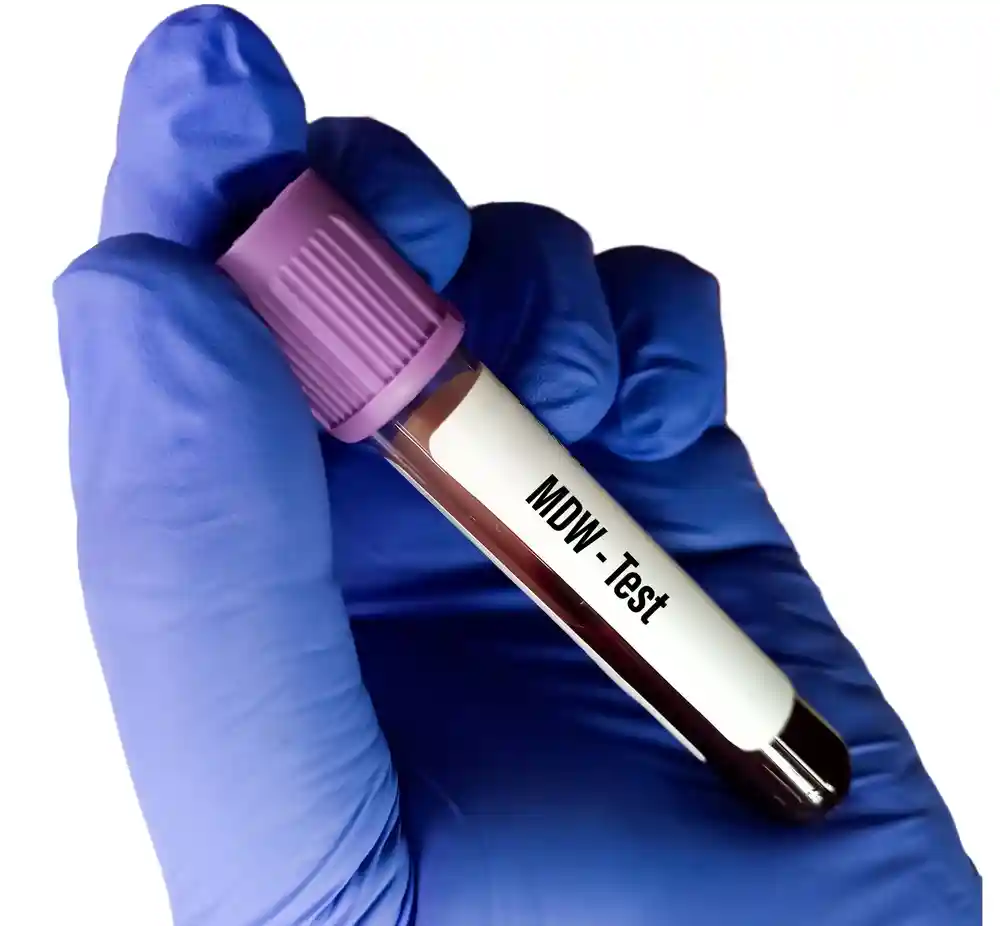Red cell distribution width (RDW)

Red cell distribution width is an essential component of any complete blood count. It represents the range of variation of red cell volume and size. It is a value obtained after the automated analyzer makes a graphical representation of all red cell sizes. Normal range lies between 11.5 and 15.4%. When it rises above 15.4, RDW is increased in the following conditions:
- Iron deficiency anemia: High RDW is a cardinal feature in iron deficiency anemia and is seen in virtually all cases. It can help differentiate iron deficiency anemia from other causes of microcytic hypochromic anemia.
- Vitamin B12 and folate deficiency: Due to the large red cells in macrocytic anemia, the variation between cellular sizes in this condition is seen in many cases.
- Spherocytosis: Spherocytosis is a hereditary blood disorder where the red cells are spherical in shape instead of biconcave which can cause a variation in their size. High RDW is, however, not found in many cases.
